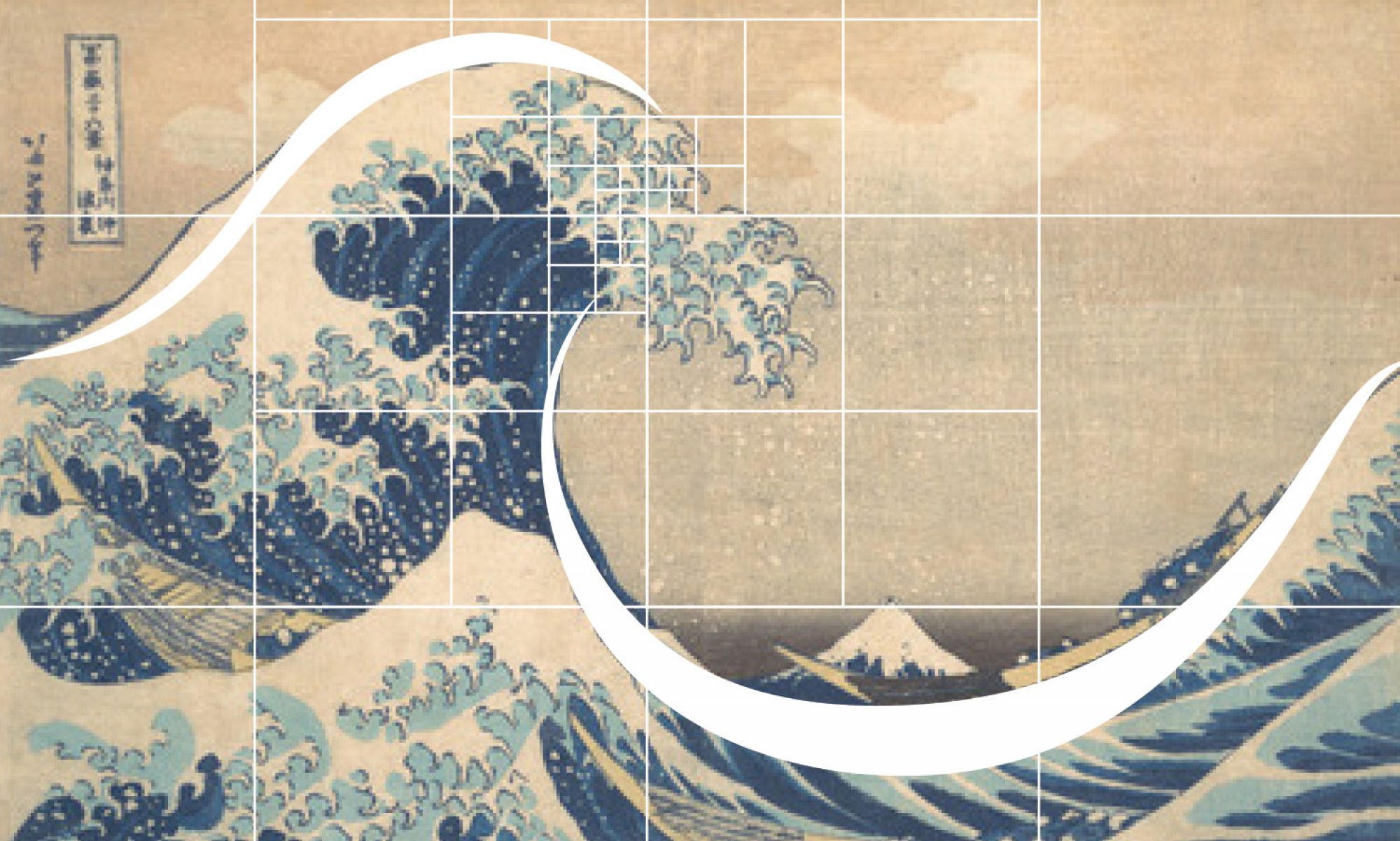This animation shows a numerical simulation of windrows forming. Among other things, Dommermuth, Lewis, Tran, and Valenciano (2014) discuss the formation of windrows under the action of wind. The paper is available at http://tinyurl.com/y79sm9rp. Videos associated with the paper are available at http://tinyurl.com/y8madvbw. Dommermuth, et al. (2014) use Lagrangian particles to illustrate the formation of windrows. Animations of windrows forming using Lagrangian particles are available at these links: https://youtu.be/6r9JbrykUcE, https://youtu.be/JnLGxS3c4dA, https://youtu.be/IhrHRJSYfPE, and https://youtu.be/Sbn23QN3jD4. A video of windrows forming on a lake is available at https://youtu.be/iL0wb00Y4es.
As discussed by Dommermuth, et al. (2014), surfing and swirling jets are key mechanisms in the formation of windrows. Pizzo (2017) and Deike, Pizzo, and Melville, W. K. (2017) also study surfing using Lagrangian particles.
Dommermuth, et al.’s (2014) studies are three-dimensional. Pizzo’s (2017) studies are two-dimensional. As shown by Dommermuth, et al. (2014), the formation of windrows is strongly tied to the formation of Langmuir circulations in the upper ocean and wind streaks in the lower atmosphere. Pizzo discusses implications of surfing in the upper ocean, but since his simulations are two-dimensional, some key mechanisms associated with the formation of windrows and Langmuir circulations are missing. Furthermore, most of the surfing events that are observed in Dommermuth, et al. (2014) are due to spilling breaking, whereas Pizzo’s (2017) analysis is focused on plunging.
Dommermuth, et al. (2014) study the formation of windrows as a result of surfing wind-driven waves. Pizzo (2017) studies Lagrangian transport using analytical solutions for plunging breaking waves, and Deike, et al. (2017) use dispersive focusing to model Lagrangian transport. Pizzo (2017) and Deike, et al. (2017) need to get off the computer and out of the laboratory and visit Sheepscot Lake on a windy day (see https://youtu.be/iL0wb00Y4es) to see how foam surfs waves.
Pizzo (2017) does not cite Dommermuth, et al. (2014). Whether or not Deike, et al. (2017) cite Dommermuth, et al. (2014) is unknown.
References:
Dommermuth, D.G., Lewis, C.D., Tran, V.H., and Valenciano, M.A. (2014) “Simulations of wind-driven breaking ocean waves with data assimilation,” Proceedings of the 30th Symposium on Naval Hydrodynamics, Hobart, Tasmania, Australia.
Pizzo, N.E. (2017) Surfing surface gravity waves, J. Fluid Mech., 823, 316–328.
Deike, L., Pizzo, N. E. and Melville, W. K. (2017) Lagrangian transport by breaking surface waves. J. Fluid Mech. (submitted).
